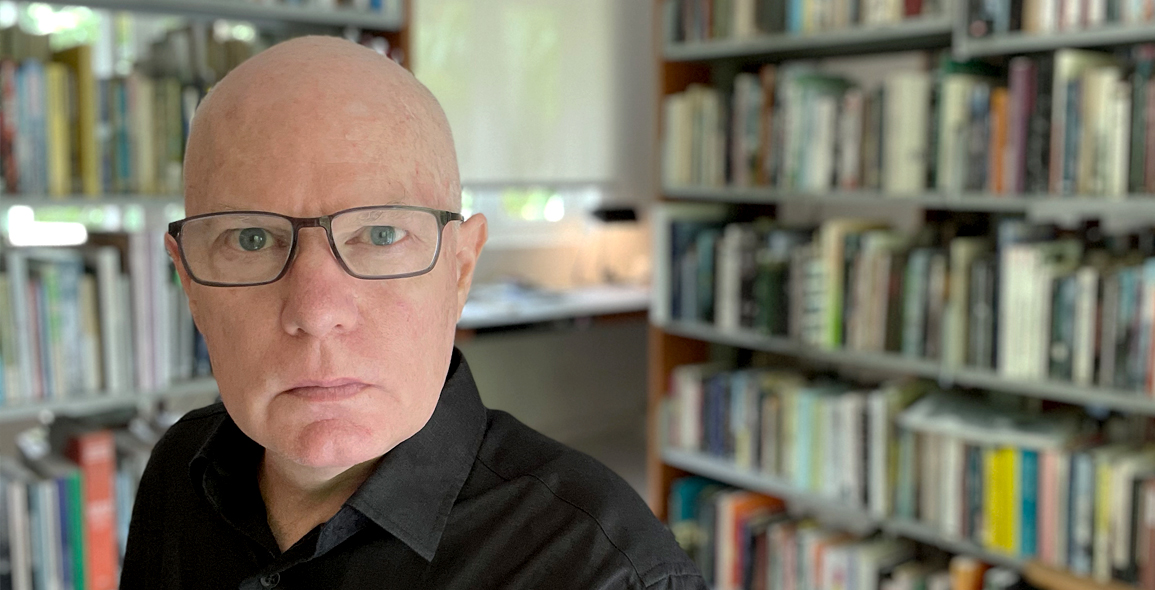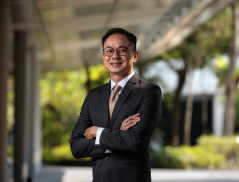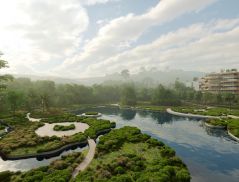
Although based in Singapore, Prof Stephen Cairns has of late been focusing his attention on Jakarta.
The Director of Future Cities Lab Global (FCL Global) and an architecture professor, he is designing a 16-hectare agropolitan town on the edge of Indonesia’s capital that he hopes will capture the interest of architects and designers.
This pilot project is just one of several expected to come out from FCL Global, a new phase of an international, interdisciplinary research collaboration between the Singapore-ETH Centre and Swiss university ETH Zurich, that also brings together three of Singapore’s universities – National University of Singapore (NUS), Nanyang Technological University, Singapore (NTU) and Singapore University of Technology and Design (SUTD).
Launched in December last year, the five-year programme involves researchers across various fields from both countries developing solutions to help cities and their surrounding regions achieve sustainable growth.
That the area of focus was decided in 2019 seemed serendipitous; FCL Global was delayed by a year due to the COVID-19 pandemic and it served to affirm they were moving in the right direction.
“We wanted to think about cities in relation to the nearby settlement systems that support them and how they are part of larger exchange systems,” explains Prof Cairns.
“COVID-19 really underlined the importance of the logic that you can't just close the borders and be safe; your safety depends on the safety of other systems, because the world is more interdependent and interconnected now than before.”
Singapore, he adds, is a fabulous example, since, for instance, it buys energy from Indonesia and Malaysia, and water and food from Malaysia, to support growing and local production capacities in Singapore.
The same pattern of exchange repeats itself elsewhere too, where most of the time, the cities are within national boundaries but it also occurs between countries too.
FCL Global’s research areas span eight modules, from systemic innovations supporting circular systems in construction, to the sea-city fringes in rapidly urbanising cities in tropical Asia, and mycelium composite material grown from fungi as an application in the construction sector.
“I think the bigger themes would be settlement systems, circularity, energy, resources and water,” he points out.
Each team is made up of at least a scientist, architect, engineer and governance specialist to ensure the project takes into consideration the different perspectives of various stakeholders.
“All of them then have an interest in making designs – they're not just happy to research and analyse but will be making propositions.
“For instance what should a circular future city look like; how would it integrate photovoltaics and greenery?”
When ready, Prof Cairns says the output will be made available for practical application.
Platforms include scientific publications and exhibitions, open source software and even full-scale construction, as in the case of his own project.
“Architects are good at linking different disciplines; they have the ability to draw, to represent, but also to get scientists to talk to engineers, ecologists and sociologists,” he says, when asked how a designer can contribute to FCL Global.
“Their primary comfort zone is the building scale, but their expertise can span industrial design, interior, buildings all the way up to regions, and this is a very important skill.”
As it is, Prof Cairns himself is drawing on his own architectural expertise to lead his project titled “Agropolitan Territories of Monsoon Asia”, which investigates both agriculture and city conditions to yield productive landscapes, while supporting high population densities.
The premise is that this could be a type of rural-urban model worth planning and developing in the region that would also do the least amount of damage to the climate and environment.
In addition to Jakarta, he and his team are analysing two other sites that also bear these characteristics: Kerala, India and the edge of Ho Chi Minh City in Vietnam.
“We're going to study precisely how people live there, how they produce food, as well as maintain diverse urban economic activities.
“For instance, the population of Jakarta is 10 million but if you take greater Jakarta, it is close to 30 million. There are more people living outside than in the megacity and in agropolitan conditions.”
In fact, while much of the population is engaged in agriculture given the ideal conditions of fertile farmland and monsoon seasons, there is also a slice involved in other industries like manufacturing and technology.
The 16-hectare agropolitan town pilot project on the edge of the city will therefore take its cue from this, with Prof Cairns working with his team to research and plan it, look for developers to fund it and even matchmake them with architects to design the individual buildings.
This project is a further development from the pilot project the “Expandable House” in Batam, Indonesia.
It will include research lead by agroecological scientist Prof Johan Six from ETH Zürich, landscape architect Assoc Prof Jessica Deihl from NUS and environmental scientist Assoc Prof Lee Ser Huay from NTU, who are studying how to integrate food production inside an agropolitan town design.
Says Prof Cairns, “One of the key points is that design is at the centre of what we do. We hope projects like ours present themselves as challenges for architects and designers to look beyond what they do in their typical domains and form new interdisciplinary relationships.”
This story first appeared in Issue 120: June 2021.


 Share
Share









